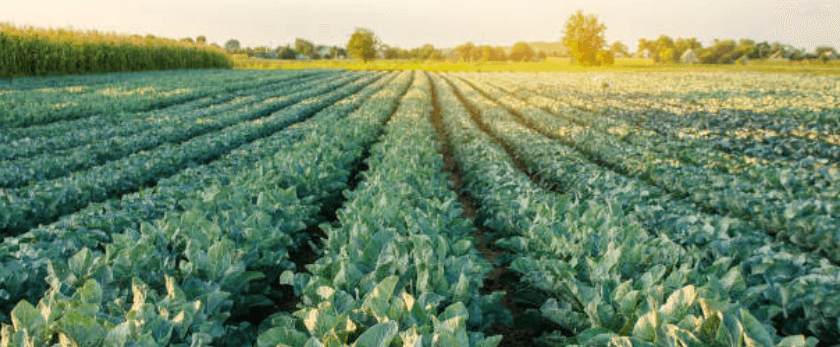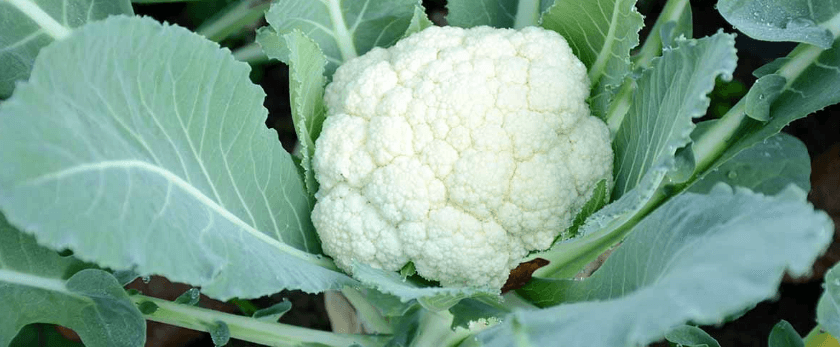Cauliflower is a versatile and nutritious vegetable that can be grown in your own backyard. Not only is it a delicious addition to any meal, but it also has numerous health benefits. By growing your own cauliflower, you can ensure that it is free from harmful pesticides and chemicals, and you can reduce your carbon footprint by avoiding the transportation of store-bought produce. In this article, we will discuss how to grow cauliflower in your own garden, including the best care practices, the ideal time to grow, and common problems you may encounter.
How to Care for Cauliflower
Cauliflower is a cool-season crop that requires specific care to thrive. Here are some essential care tips to keep in mind when growing cauliflower:
Watering
Cauliflower plants require consistent moisture to grow properly. The soil should be kept evenly moist, but not waterlogged. Water your plants deeply once or twice a week, depending on the weather and soil conditions. Avoid overhead watering, as it can lead to fungal diseases. Instead, water at the base of the plant to keep the leaves dry.
Light
Cauliflower plants need at least six hours of full sun each day to grow and produce healthy heads. If you live in a hot climate, provide some shade during the hottest part of the day to prevent the plants from wilting. If you are growing cauliflower in a container, make sure to place it in a spot that receives enough sunlight.
Soil
Cauliflower plants prefer well-draining, fertile soil with a pH level between 6.0 and 7.0. Before planting, amend the soil with compost or well-rotted manure to provide the plants with essential nutrients. Avoid planting cauliflower in heavy clay soil, as it can lead to stunted growth and poor-quality heads.
Fertilizer
Cauliflower plants are heavy feeders and require regular fertilization to grow and produce healthy heads. Before planting, mix a slow-release fertilizer into the soil. Once the plants have established, side-dress them with a balanced fertilizer every two to three weeks. Avoid using high-nitrogen fertilizers, as they can promote leaf growth instead of head development.
Pruning
To ensure that your cauliflower plants produce large, healthy heads, it is essential to prune them regularly. Once the heads start to form, remove any yellow or damaged leaves to allow more sunlight to reach the developing heads. You can also tie the outer leaves together to protect the heads from sunlight, which can cause them to turn yellow.

What is the Best Time to Grow Cauliflower?
Cauliflower is a cool-season crop that grows best in temperatures between 60-65°F. It is best to plant cauliflower in early spring or late summer, depending on your location. If you live in a warmer climate, it is best to plant cauliflower in the fall, as it can tolerate cooler temperatures. If you are planting in the spring, make sure to start the seeds indoors and transplant them outside once the soil has warmed up.
Common Problems with Cauliflower
Like any plant, cauliflower can face some common problems that can affect its growth and development. Here are some issues you may encounter when growing cauliflower and how to address them:
Pests
Cauliflower plants are susceptible to pests such as aphids, cabbage worms, and flea beetles. To prevent these pests from damaging your plants, regularly inspect them and remove any pests you find by hand. You can also use organic pest control methods, such as neem oil or insecticidal soap, to keep these pests at bay.
Diseases
Cauliflower plants can also be affected by various diseases, such as clubroot, black rot, and downy mildew. To prevent these diseases, make sure to rotate your crops every year and avoid planting cauliflower in the same spot. Also, keep the plants well-spaced to promote air circulation and remove any infected plants immediately to prevent the spread of disease.
Bolting
Bolting is when the cauliflower plant prematurely produces a flower stalk instead of a head. This can happen due to stress caused by high temperatures or inconsistent watering. To prevent bolting, make sure to provide your plants with enough water and shade them during the hottest part of the day.
Conclusion
Growing cauliflower in your own garden is a rewarding experience that can provide you with fresh, nutritious produce while reducing your carbon footprint. By following the care tips mentioned above, you can ensure that your cauliflower plants grow and produce healthy heads. Remember to plant at the right time, provide adequate care, and address any problems that may arise promptly. With a little effort and patience, you can enjoy delicious, homegrown cauliflower all year round. Happy gardening!










